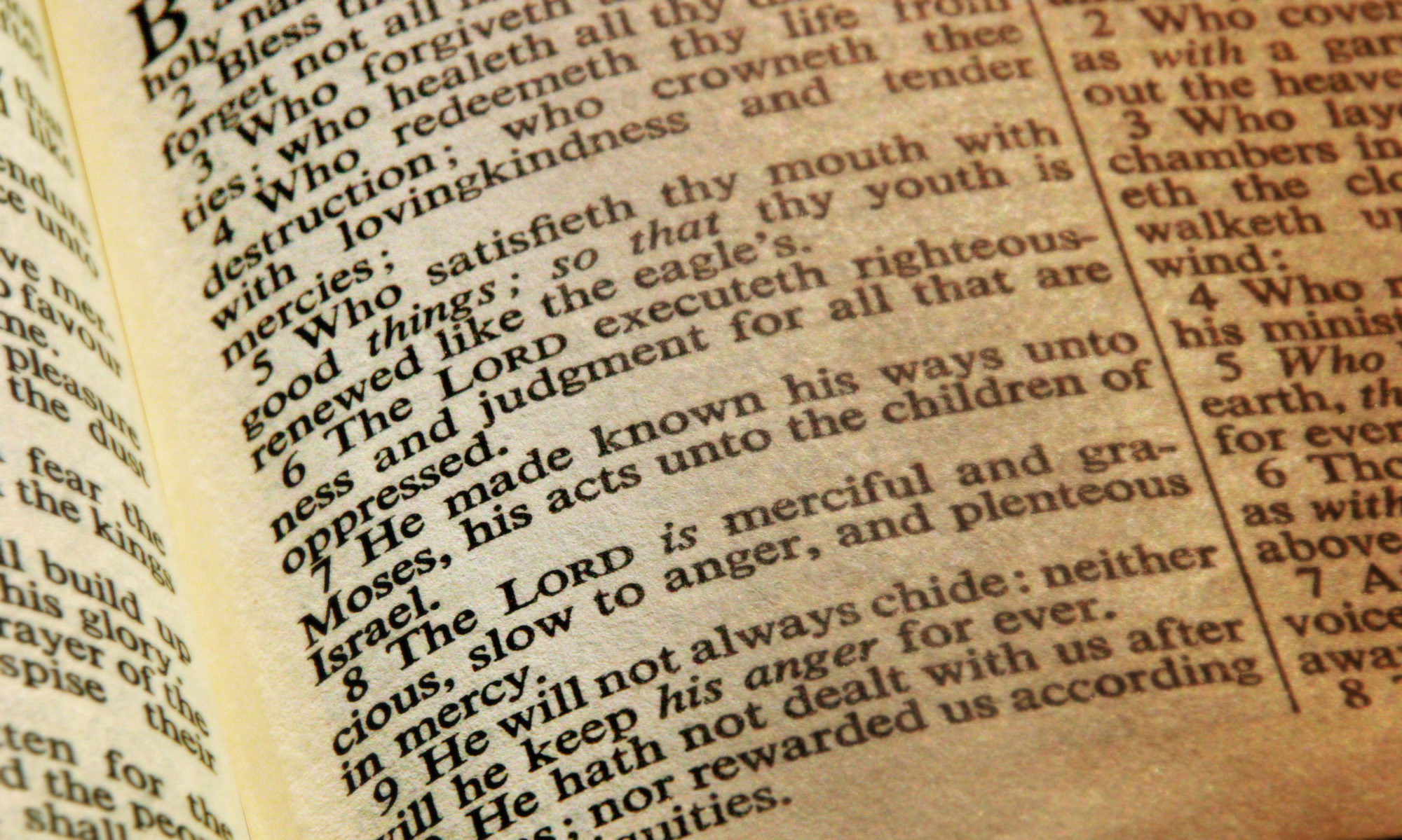Things have been changing in ways that are hard. For many of us it is harder and harder to be optimistic about the future.
This is what Mary Magdalene was facing at the beginning of this chapter. Jesus has died, life as she knew it is over. She comes to anoint the body, having been delayed by the Sabbath already. Then she finds the empty tomb but does not immediately realize why. She tells the disciples who (after footrace) confirm that the body is gone, but they don’t understand either. And so Mary is standing outside the empty tomb, confused and sad.
Mary Magdalene was one of Jesus’ disciples. Luke 8 puts her on an equivalent footing with the Twelve male disciples, with the caveat that she and other women supported the ministry of Jesus materially. Jesus cast seven demons out of her, healing her in a way that gained her undying loyalty, bringing her to this moment of grief and confusion.
Lingering at the tomb, Mary is asked three questions. The other disciples have gone away but she stays there with her own questions, sitting in her grief and weeping. First, the angel asks “Why are you crying?” Then Jesus asks again “Really, why are you crying?”
As ever, Jesus pushes deeper – what is the state of your heart? Mary is desperate – she asks him, thinking he is the gardener, where they took the body? She is about to go sling it over her back and carry him back to his rightful resting place.
Jesus also asks her “Who is it you’re looking for?” Where are you seeking your solace, where are you seeking your meaning? In the Old Testament, the people were looking for a king, seeking the strength and power they saw leading the peoples around them – something that feels all to familiar in this current era. But Jesus comes to tell us that this material, temporal power is unimportant. What we should be looking for is exactly what – and who – May is seeking. And like her, He stands right in front of us.
He cuts through the grief and confusion with a single word, the name he called out of oppression, the name he loves. In that instant she sees Him for Who He is and cries out in Aramaic, her heart language, “Rabboni!”
Jesus, especially in these last chapters, is deeply compassionate and vulnerable. As we look around the church today, that compassion is seen as weakness, that vulnerability is seen as a flaw.
But Jesus came to turn our understanding of these things upside down. Wealth impoverishes, the last are first, the poor in spirit will inherit the kingdom of heaven, we must die in order to live.
This is the world Mary thought was lost, but that Jesus resurrected with a word, with the love and compassion bound up in just the simple statement of her name.
Many of us may feel similar grief and confusion. We may have lost hope, lingering outside an empty tomb that seems like it still stinks of death. But standing before us is Jesus, asking “Why are you crying? Who are you looking for?”
–Sermon Notes, Dave Sim, Renew Church, Lynnwood WA, April 20, 2025

